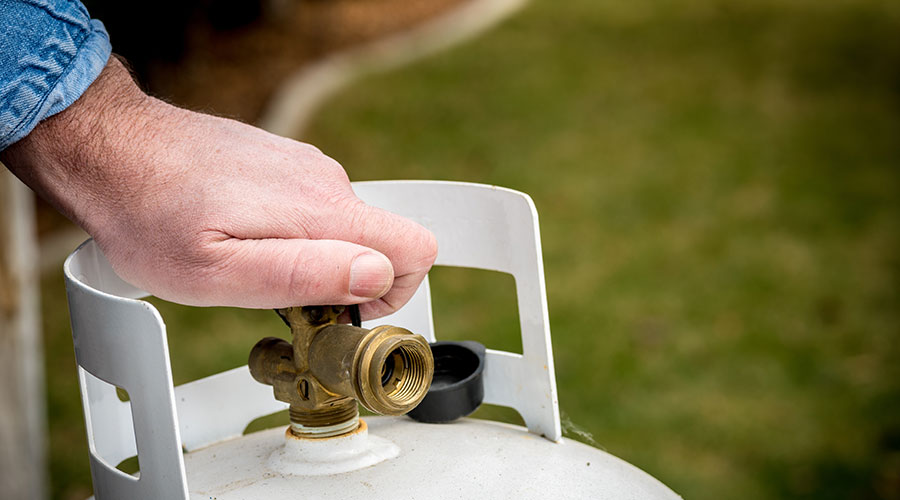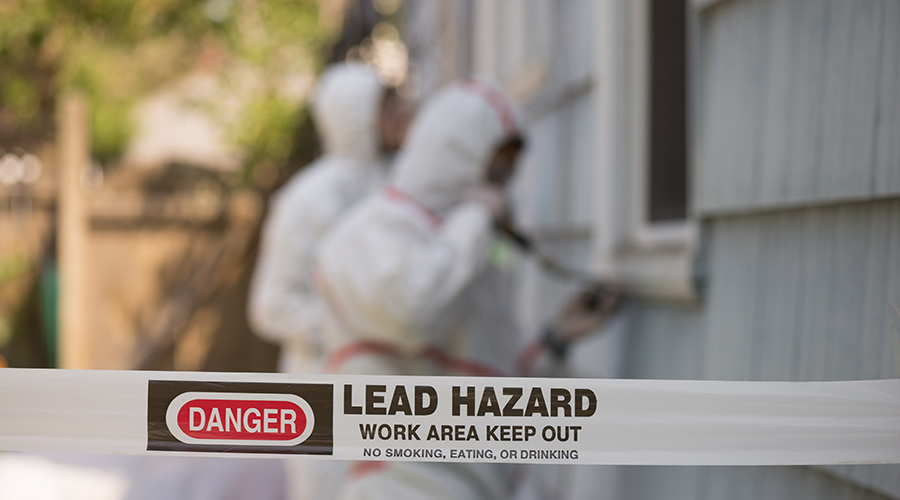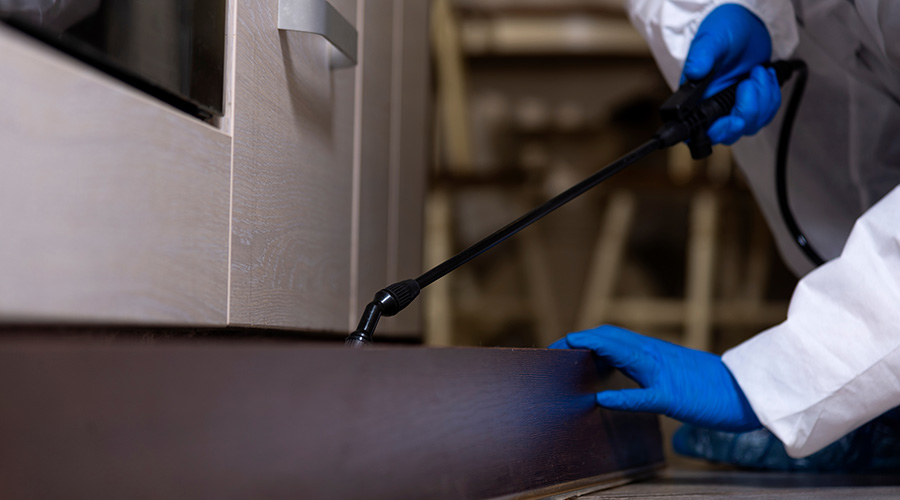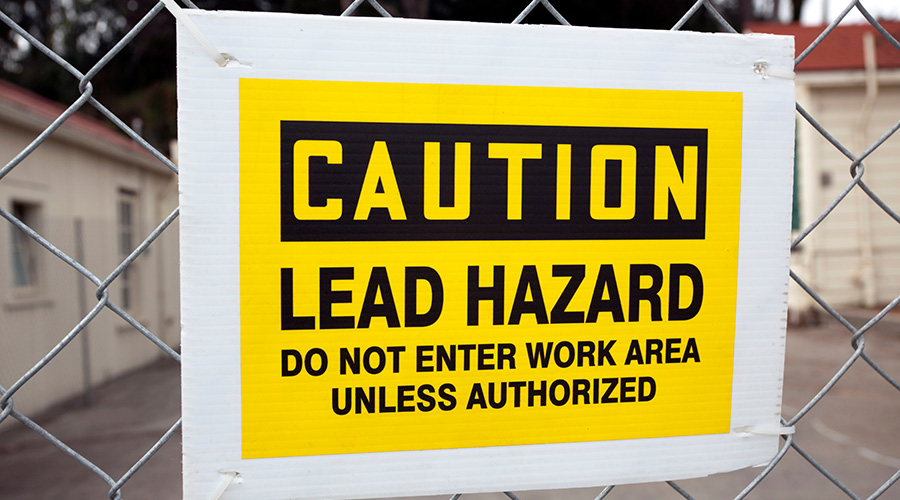Lead Poisoning Threatens US Cities With No Federal Help
Milwaukee is just the latest city on a long list that has experienced a lead crisis.
Milwaukee isn’t the only community that’s dealt with lead poisoning. Back in 2014, Flint, Michigan, famously made headlines for not having clean drinking water, prompting some states to set requirements for testing lead levels in schools and childcare centers, according to The Washington Post. In New Jersey nearly 3,000 children under 6 years old had blood lead levels that exceeded state standards in 2022.
Still, there is no national law that requires testing lead levels in public facilities. Congress amended the Safe Drinking Water Act to ban the use of lead pipes in future construction back in 1986, but did not require that lead pipes be replaced, leaving many facilities vulnerable to toxic water. According to The Washington Post, lead seeps into water from pipes, plumbing and fixtures made partially of lead. The more corrosive the water, the more likely it will erode lead from the pipes.
In his 2023 State of the Union Address, former president Joe Biden pledged that money from the infrastructure bill would help fund the replacement of lead pipes, but it is unclear whether or not schools and childcare centers will receive funding under the new administration.
The Milwaukee lead crisis has already been impacted by federal layoffs. Dr. Michael Totoraitis, the city’s health commissioner, reached out to the National Center for Environmental Health, a division of the CDC, to help create a remediation plan. For several weeks he collaborated with a medical toxicologist to triage which schools and children might need additional lead screenings and how to understand the findings, CNN reports. However, this all came to a crashing halt when Robert F. Kennedy Jr. completely eliminated the Lead Poisoning Prevention and Surveillance Branch. With the layoffs, there are no longer any lead experts working for the federal government.
According to CNN, Totoraitis had also put in a request for Epi-Aid on March 26, for a short-term loan from the CDC’s Epidemic Intelligence Service but was denied the request in April.
Kennedy said in his testimony to the Senate earlier this week that officials were in Milwaukee aiding in the investigation despite it not being true, as pointed out by U.S. Senator Tammy Baldwin of Wisconsin and Totoraitis, NPR reports. Kennedy has gone back and forth on if the Childhood Lead Poisoning Prevention Program will be reinstated, saying that he believes that lead poisoning in children was an “extremely significant concern.” However, CDC staff have not heard anything about the potential reinstation of the program, instead saying that the work will continue elsewhere at U.S. Department of Health and Human Services (HHS).
Fending for themselves
Without the help of the federal government, Milwaukee has been forced to continue the investigation on its own. The city hosted free blood testing clinics and has already replaced 10,000 lead water service lines. With 55,000 more service lines to replace, local officials said they would need state or federal funding to finish the job. Gov. Tony Evers declared over $300 million in his biennial budget proposal to go toward lead remediation across the state. It is estimated that it would cost $20,000 per classroom to replace lead paint. However, it would cost Milwaukee $630 million alone to replace service lines, according to Vox.
PBS reports that Evers’ proposal can be broken down into two categories: remediation for lead-painted windows and for lead pipes. He requested $100 million plus two full-time positions for a program that replaces lead-painted windows, while asking for more than $200 million to fund replacement efforts for lead pipes. However, Wisconsin republicans have labeled the proposal to be “dead on arrival,” saying that MPS needs to determine the root of the lead issue before the state commits to funding the removal.
With health crises occurring throughout the country, it is unclear whether or not Milwaukee will be able to take another hit. Totoraitis warns that other cities may soon have to fend for themselves in the event of an emergency as the federal government reorganizes health programs. The HHS has recently rehired hundreds of health workers focused on workplace safety, but there is no telling if or when the lead team will be brought back.
Fortunately, lead testing can be as simple as ordering a kit online. The tests can easily detect lead by using UV lights or test swabs. However, these tests can’t be 100 percent accurate with their results and there is a risk of unwanted lead exposure if the tests are performed incorrectly. It is still recommended that facility managers hire a certified lead inspector or risk assessor to determine lead levels as they have the necessary equipment to identify lead exposure and can provide recommendations for mitigation. Regardless of the route that managers choose to take, it is essential that there are records kept for what is tested and where it is located as it may be required in future remediations.
Mackenna Moralez is the associate editor of the facilities market and the host of the Facilities in Focus podcast.
Related Topics:













